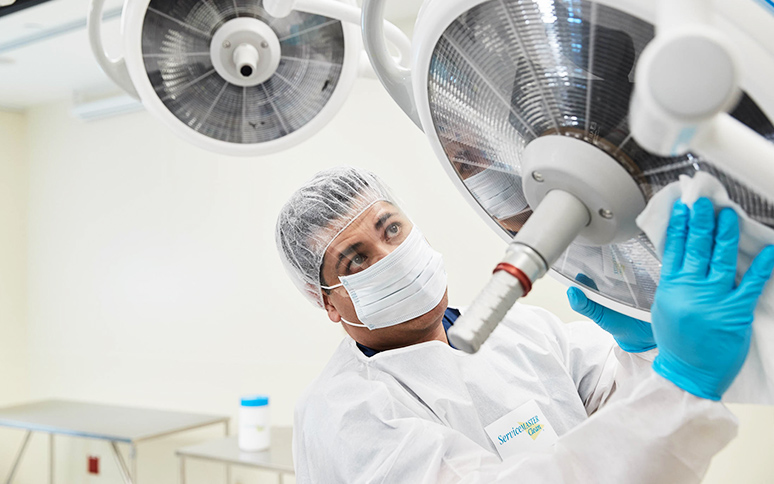Essential Cleaning Supplies
No matter what type of healthcare facility you have, maintaining a clean, sanitary and tidy environment is crucial. Without regular cleaning throughout the day, germs and bacteria have the opportunity to spread quickly, putting your staff and patients at unnecessary risk. Learn which essential cleaning supplies you should always have on your facility's cleaning carts to prevent the spread of germs and illnesses.
Essential Cleaning Products for Every Facility
Regardless of the size of your facility or what type of healthcare services you offer, there are some standard cleaning products you need to have on every cart. Luckily, healthcare cleaning carts make it simple to store each item in an easily-accessible and organized space. Some of the most common cleaning supplies to put on a healthcare facility cleaning cart include the following:
Cleaning checklists: These ensure that your cleaning crew doesn't miss any area during scheduled cleanings. You can also include a space to document supply levels and keep track of inventory.
Microfiber cloths: Using microfiber cloths in healthcare facilities is both environmentally friendly and cost-effective. Stock plenty of disposable, single-use cloths and reusable cloths to clean a variety of surfaces throughout your facility.
Waste containers: Place at least one waste container on your cart. Then, stock extra waste bags so your cleaning crew can remove soiled bags and replace as needed.
Disinfectants: Germs are everywhere, and the right disinfectants can kill pathogens and prevent a hazardous working environment. Disinfectants used in healthcare often include wipes, quaternary disinfectants and sporicidal disinfectants.
Cleaning solutions: Common types of cleaning solutions include window sprays, bathroom cleaners, floor care products, deodorizers and mild abrasive cleaners.
Disposable wipes: The use of disposable wipes prevents cross-contamination throughout the cleaning process.
Duster Kits: The duster kit should include extension handles for easy access to high places such as ceiling vents.
Mop kits: Microfiber mop heads are preferable, as they can be disposed of after multiple uses. The mop kit should include wet floor signs to indicate a freshly mopped floor and help prevent any slips and falls.
Dustpans and brooms: These can be used in common areas to sweep up any dirt or debris. Each time the dustpan and broom are used, they should be thoroughly cleaned afterward.
Additional personal protective equipment (PPE): Since healthcare workers heavily rely on the use of PPE such as disposable gloves, gowns and masks, the items should be restocked in common areas on a regular basis. Having them on your cart also allows you to easily change PPE after cleaning each area.
The Difference Between Cleaning and Sanitizing
While cleaning on an ongoing basis is important, the cleaning process alone doesn't involve the removal of potentially dangerous germs and pathogens. In a healthcare environment, sanitization and disinfection guidelines established by the CDC must be followed in order to ensure the safety of staff and patients. Facilities should know the difference between cleaning, sanitizing and disinfecting, and which area requires specific protocols to reduce the spread of infections.
Maintaining a healthcare facility requires extensive cleaning, sanitization and disinfection methods. To ensure your facility is cleaned to industry standards, call the experts at ServiceMaster Clean. Our commercial healthcare cleaning services include protocols and best practices set forth by the leading industries, safety procedures and specialized cleanings for a range of healthcare areas and facilities. Contact us today to find out how we can help keep your healthcare facility clean.







